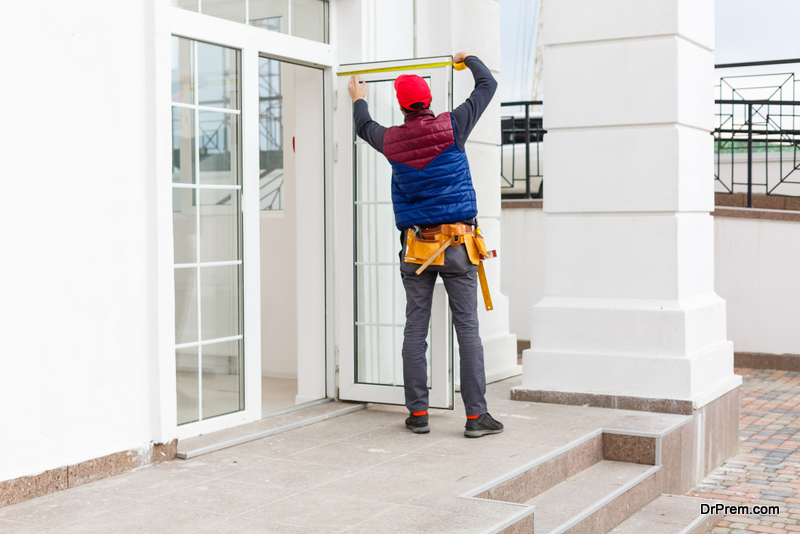If you’re interested in sustainability, especially regarding energy, a variety of technologies are in practice and being developed. For example, technologies are working to make self-driving cars with energy-efficient technologies and regulators that will lower their carbon footprint.
Another critical technology in relation to transportation is improvements in biodiesel, an animal fuel byproduct. Biodiesel combines animal fats and vegetable oils and is treated with alcohol to make it combustible. They’re also combining self-driving vehicles and more fuel efficiency in cars. Plenty of alternatives are being developed, but until they become widespread, natural resources like oil and gas are most utilized worldwide.
The Impact of Dwindling Natural Resources on Your Utility Bills

Another concern is dwindling natural resources causing impacts on every aspect of society. Worse, global events cause added pollution that also impacts the availability of natural resources. Examples include the recent OPEC decision to reduce oil production by 2 million daily. Another is the severe drought in the western states hampers hydro-generated energy sources, and what you have is a perfect storm of rising fuel costs–meaning your home heating will cost you more.
As of 2021, some 55 million Americans struggled to pay their utility bills. Industry experts project utility prices will rise by 17% across the country this coming year, costing an additional $177 a year. Roughly half of the homes in the United States use natural gas as a primary heating source, and with projections of 13% increased costs, even those homes will see a significant jump in their utility bills.
Fuel Alternatives to Consider
Much like biodiesel and other energy-efficient technologies, one way the average family can combat rising heating costs during the winter is to look at alternatives to traditional heating. No, it’s not recommended to go back to wood-burning stoves in the house. What’s better, though, is to consider a strategy that includes updating your insulation, installing a programmable thermostat, replacing older appliances with more energy-efficient models, and installing new doors and windows.
- Updating Insulation: Insulation can begin to start falling apart after 15 years, so it may be wise to consider getting your insulation inspected and even replaced. The more insulated your home, the less you need to operate the heaters, lowering energy and home heating costs.
- Programmable Thermostat: The primary benefit of a programmable thermostat is that they can maintain consistent temperatures throughout the home better, eliminating using a heater and air conditioner during peak times and peak costs. The consistent temperature increases your home efficiency, keeps your home at a specified temperature, and helps you cut heating by zones, saving you money.
- Replacing Old Appliances: A programmable thermostat is a nice thing to improve, but your utility costs won’t be much lower if you work with outdated HVAC systems. So instead, replacing old appliances, including your heating and air, with more efficient devices is essential.
A PTAC unit can replace your traditional heater and save you money simultaneously. A PTAC unit is a stand-alone air conditioner combined with a heating source. As a result, it can provide both heating and air conditioning. Better yet, PTAC units don’t use gas, making them more efficient, lower costs, and lower carbon and CO2 impacts, making them ideal for people interested in energy sustainability.
For other appliances, look for the “energy star” symbol for appliances that are more energy efficient than older models. An additional suggestion is to unplug any appliance when not in use, as even when not in use, an appliance uses some passive amounts of energy. When you look around your apartment and home and consider all the items plugged in, those devices’ passive uses add up.
Install New Doors and Windows

Insulating your home and improving your heating and cooling devices, as well as replacing old appliances with newer energy-efficient ones, are significant steps to take. But as far as lowering your heating and cooling costs, new doors and windows will significantly impact your utility costs.
With rising heating costs, finding ways to manage your utility bills is part of every home budget. Finding alternatives to traditional heating, older appliances that passively use a lot of energy, and improving insulation throughout your home are crucial. What’s more, becoming more energy efficient will decrease the negative carbon footprint on your home and allow you to be more sustainable in your efforts.
Article Submitted By Community Writer


